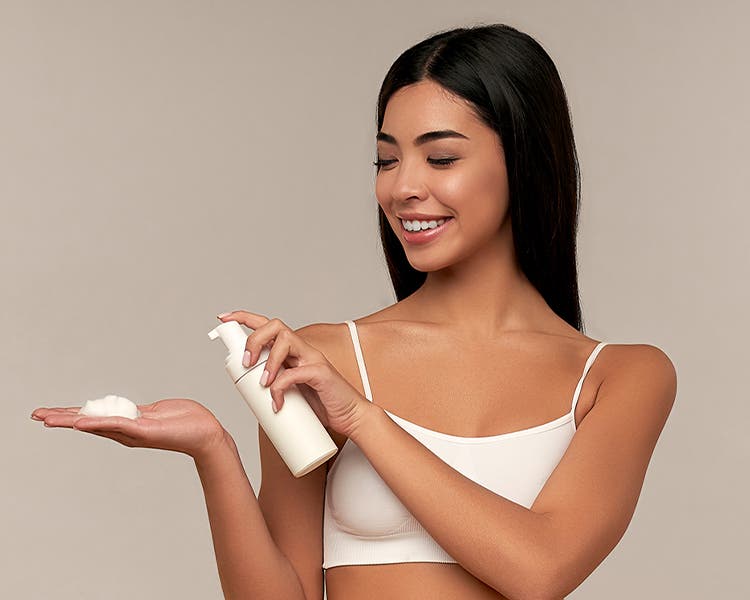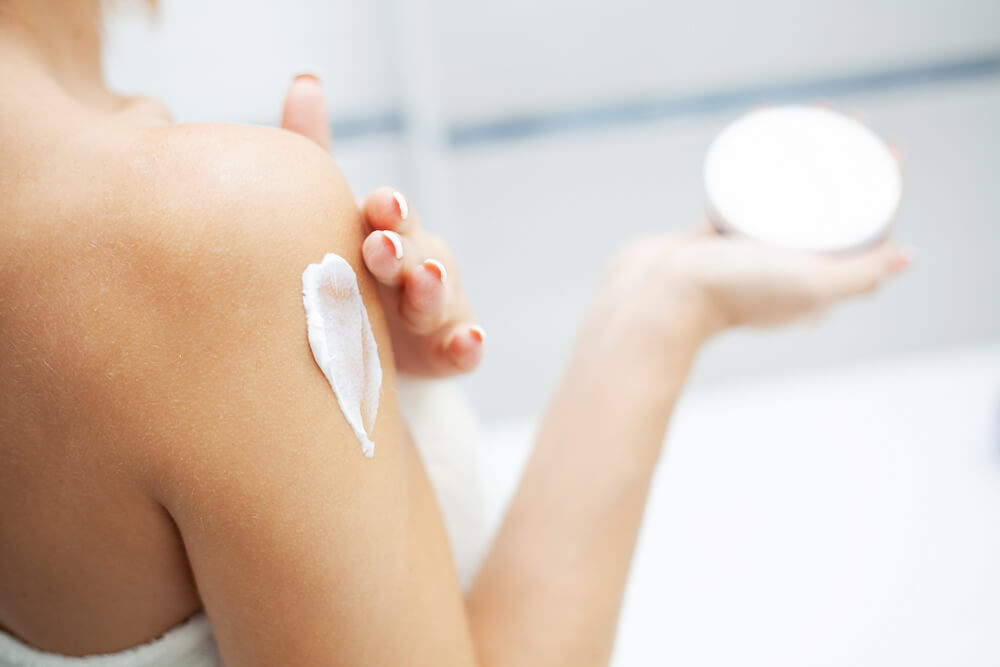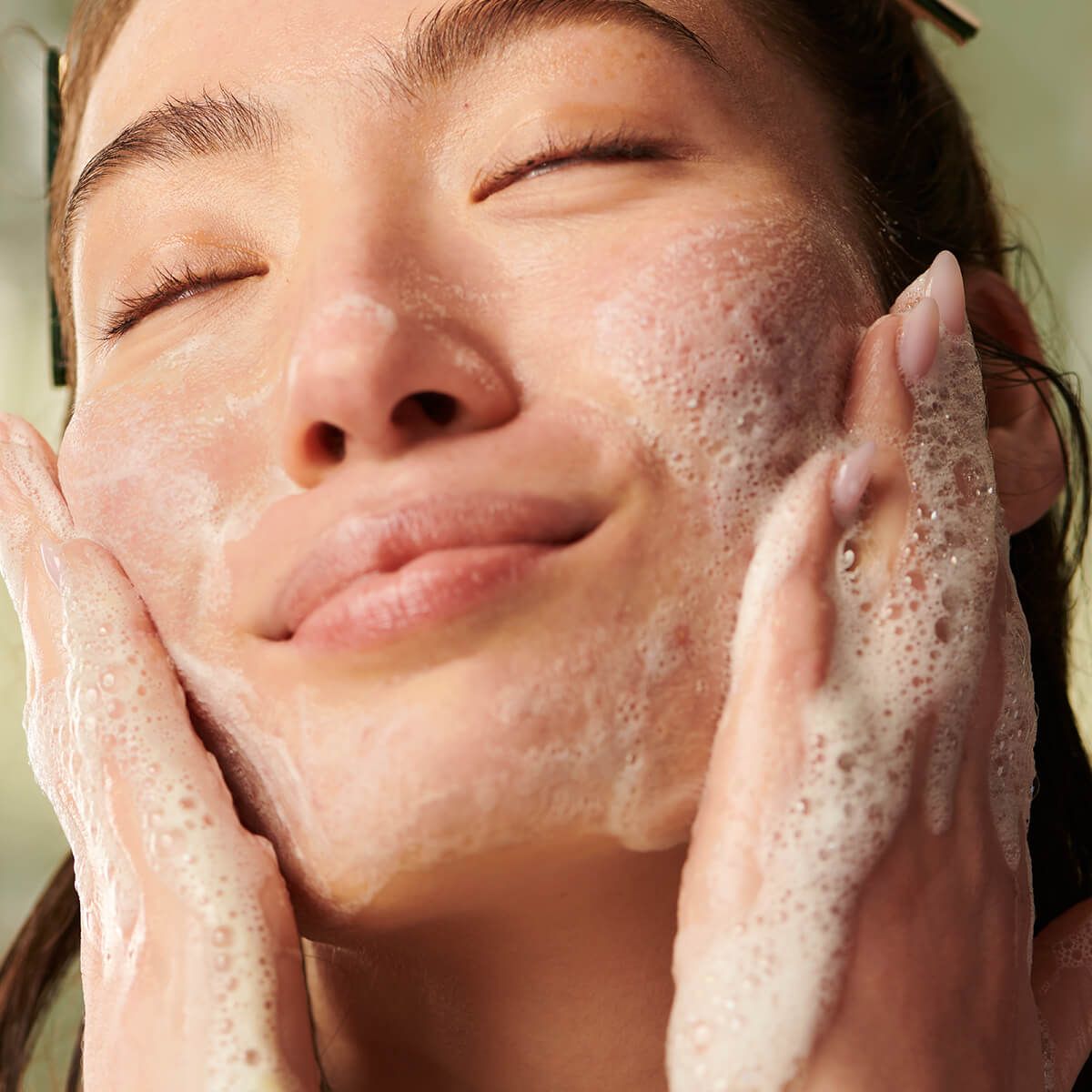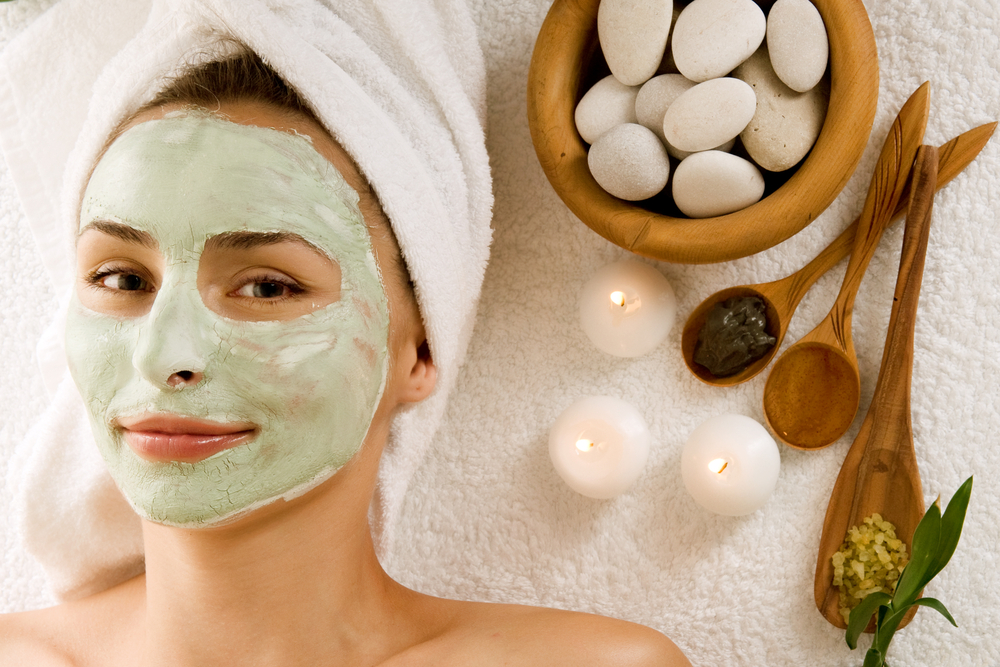Building a body skincare routine is about consistency, care, and knowing what your skin truly needs. Many people invest time and money into their facial skincare but neglect the rest of their body. Your body deserves the same attention — especially since it faces sun exposure, friction from clothing, dry environments, and pollutants just like your face does. The good news? A routine doesn’t need to be overly complicated. What matters is tailoring it to your lifestyle and skin type.
Identify Your Skin Type and Lifestyle
Before purchasing products or copying someone else’s regimen, pause and assess your skin type. Is it dry, oily, acne-prone, or sensitive? For example, if you have dry skin, you’ll want heavier creams and butters. If you’re oily or prone to breakouts on your chest and back, go for lighter, non-comedogenic formulas.
Lifestyle also plays a role. If you work out often, travel frequently, or live in a humid or cold climate, those factors influence your body care needs. Someone sweating daily at the gym may need more frequent exfoliation, while a person in a dry climate might benefit from heavier hydration.
Cleansing the Right Way
Body cleansing isn’t just about rinsing dirt off. It sets the stage for everything that follows. Choose a body wash that matches your skin’s condition. For dry skin, cream-based cleansers with glycerin or shea butter work well. For oily or acne-prone skin, opt for a salicylic acid or benzoyl peroxide wash, especially on the back and chest.
Try to avoid hot showers, as they can strip the skin’s natural oils. Warm water is enough to soften the skin and open pores without causing dehydration. Also, resist the urge to scrub with rough loofahs or washcloths daily — gentle hands are more than enough for everyday cleansing.
The Art of Body Exfoliation
Exfoliating the body removes dead skin, prevents ingrown hairs, and boosts circulation. Depending on your skin’s sensitivity, exfoliation can be done 1-3 times a week. Physical exfoliants (like sugar scrubs) are popular, but not always ideal for sensitive or acne-prone areas. In those cases, chemical exfoliants containing AHAs (like glycolic or lactic acid) or BHAs (like salicylic acid) are better choices.
Over-exfoliating can break your skin barrier and lead to irritation, so balance is key. If your skin becomes red or itchy after exfoliating, take a step back and scale down to once a week.
The Importance of Moisturizing Daily
Hydrating the body should never be optional. Whether your skin is dry or oily, moisturizing helps maintain its elasticity and resilience. Apply your lotion, cream, or body oil immediately after showering while your skin is still damp. This helps trap moisture and keeps the skin hydrated longer.
Ingredients matter. For dry or rough patches (like elbows or knees), look for products with ceramides, hyaluronic acid, or urea. For silky, daily moisture, lightweight lotions with ingredients like glycerin or aloe vera work well. During colder months, consider switching to thicker body butters or creams to combat dryness.
Don’t Skip Sun Protection
One of the most neglected steps in a body skincare routine is sun protection. Many people apply sunscreen to their face but forget their arms, legs, chest, and back — even though those areas get plenty of sun exposure, especially in warmer months.
Use a broad-spectrum sunscreen with at least SPF 30 on all exposed areas of your body. Spray formulas can be convenient for quick application on the go, while lotion-based sunscreens often provide more thorough coverage. Reapplication is important, particularly if you’re spending hours outdoors or swimming.
Applying SPF is also a key anti-aging strategy, reducing the risk of sunspots, fine lines, and long-term damage.
Tailoring Your Routine by Season
Your body skincare routine should adjust with the seasons. In summer, your skin may get oilier, so lighter moisturizers and exfoliation might take priority. In winter, when heaters dry out indoor air, it’s smart to reach for thicker creams and reduce how often you exfoliate.
Spring and fall are great times to transition your routine — evaluating what worked, what didn’t, and what your skin now needs. Keep your skincare collection minimal but intentional, focusing on products that perform rather than those that just look pretty on the shelf.
Targeted Treatments for Common Concerns
Body acne, hyperpigmentation, ingrown hairs, and keratosis pilaris (those tiny bumps often on the arms and thighs) are common concerns that need targeted care. For example, salicylic acid body washes or sprays can help reduce body breakouts. For pigmentation or uneven tone, look for products with niacinamide, alpha arbutin, or licorice root extract.
When it comes to keratosis pilaris, gentle chemical exfoliants like lactic acid can soften the buildup, but consistency is key. Don’t expect instant results. Most body skincare treatments take time — think 4-6 weeks of regular use before visible improvement.
For those struggling with these conditions and seeking a solution that fits naturally into their self-care regimen, the body skincare routine approach offers an ideal balance of simplicity and function.
Smart Product Layering
Just like with facial skincare, layering your body products can increase their effectiveness. For example, use a body serum with active ingredients (like retinol or AHA/BHA) before applying a moisturizer. This technique helps deliver the actives deeper into the skin and then seals them in with hydration.
Be cautious when layering strong ingredients — avoid combining retinoids and exfoliating acids in the same session unless your skin is already used to it. Introduce one active at a time and observe how your skin reacts before adding more.
Self-Care Meets Skin-Care
Body skincare can be more than a routine — it can serve as a grounding self-care ritual. Massaging lotion into your skin, inhaling the calming scent of body oil, or even taking time for a weekly body scrub session helps connect you to your body and relieve stress.
Fragrance in body care can be divisive. Some prefer unscented, while others enjoy the ritual of scented lotions and mists. If you’re sensitive to fragrance, choose products labeled as fragrance-free or those using natural scent sources like essential oils (though even those can irritate some skin types).
When to Seek Professional Guidance
If body skincare becomes frustrating, or if you’re dealing with persistent issues like body eczema, fungal infections, or severe acne, a dermatologist is your best resource. They can recommend prescription-strength products or more advanced treatments like laser therapy or chemical peels for body skin issues.
While it’s great to experiment, don’t let frustration push you into product overload. Often, the simplest, consistent routine yields the best results.






